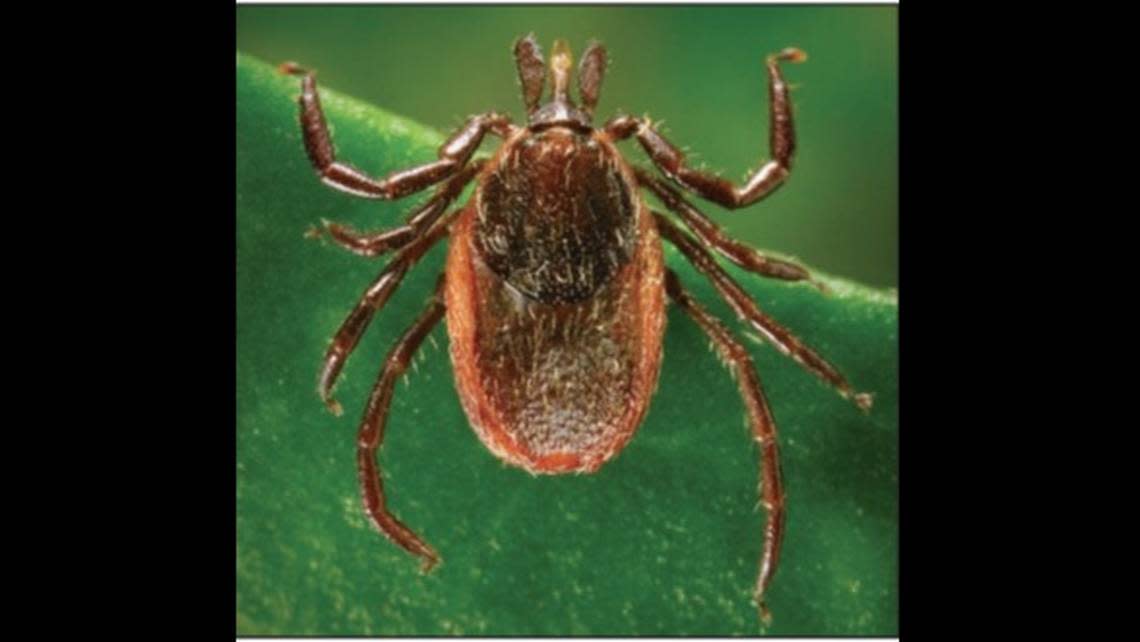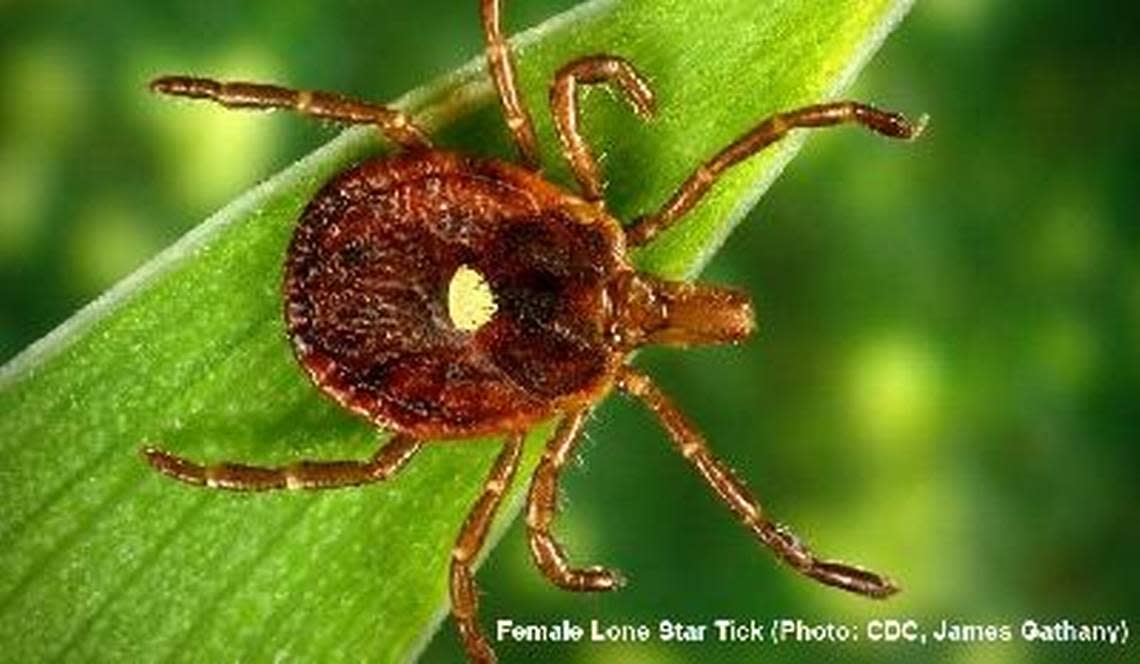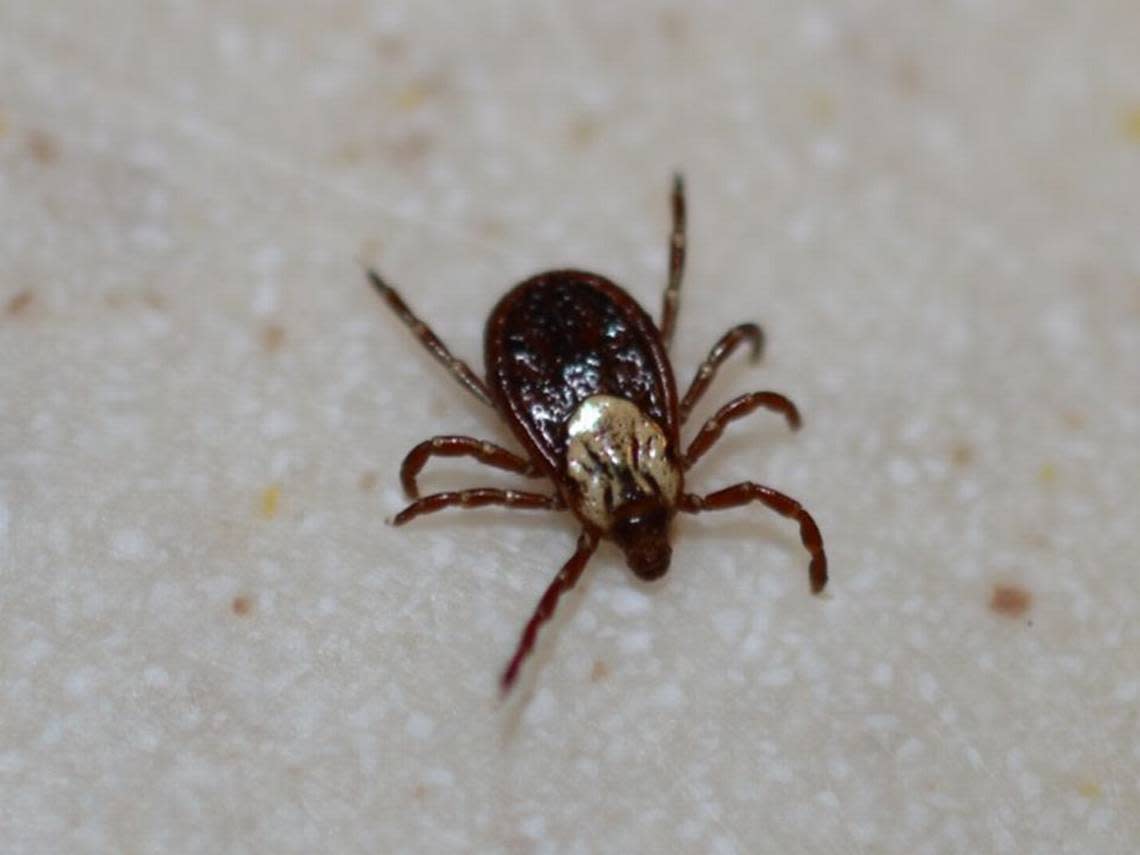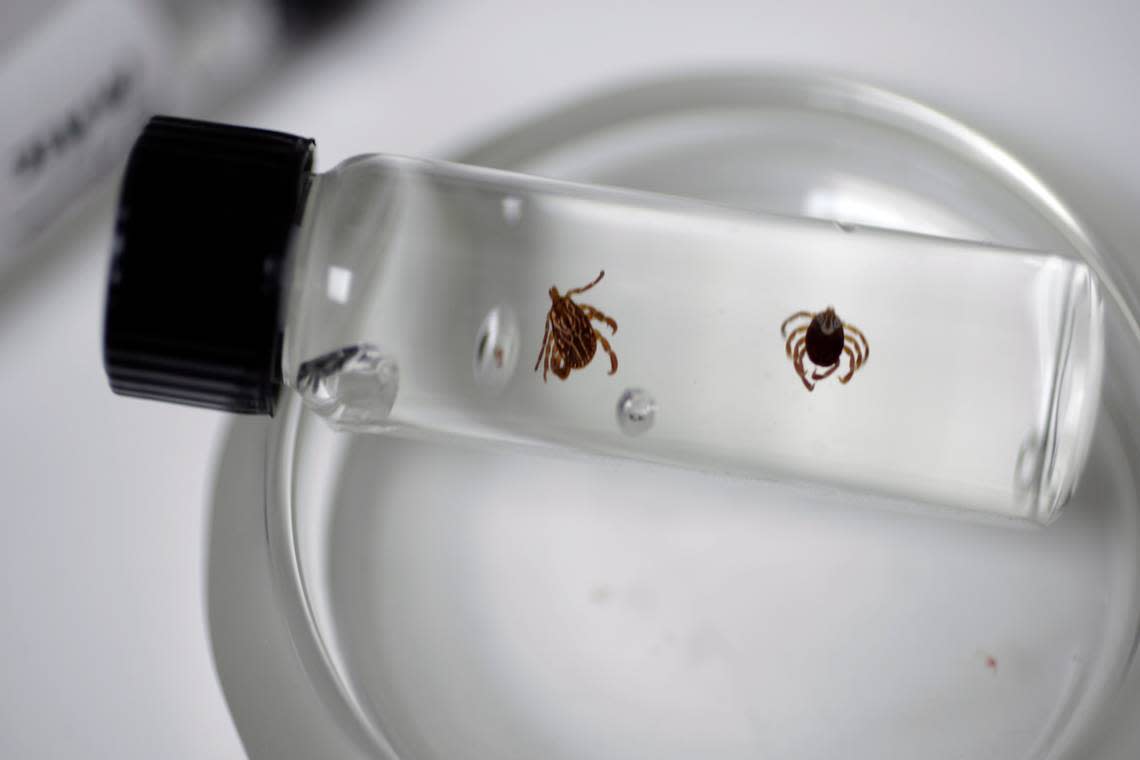These 4 kinds of SC ticks are the worst. How to identify and deal with them this summer
South Carolina is home to a vast array of pesky critters, but ticks are almost in a class by themselves.
They’re creepy and crawly, but they also bite for the sole purpose of gorging themselves on your blood.
With summer starting, chances are more people will encounter the arachnids as they venture out to enjoy the many outdoor activities South Carolina has to offer. And while there are several tick species in the state, some stand out as being far worse than others because of their ability to cause harmful illnesses in humans.
Here are four of the worst tick species in South Carolina and how to identify them.
The Blacklegged Tick
The blacklegged tick, also known as the deer tick, poses significant health risks. According to clemson.edu, this small but dangerous arachnid is a vector for Lyme disease, a debilitating illness that can lead to severe complications if left untreated. Found in wooded areas and grassy regions, the blacklegged tick has a distinctive reddish-brown body and darkened legs.

The Lone Star Tick
Recognizable by the distinctive single white dot on its back, the lone star tick can transmit various diseases, including ehrlichiosis and Southern tick-associated rash illness (STARI), MUSC Health states. It can also cause a red meat meat allergy in humans called alpha-gal syndrome. The Mayo Clinic states that a lone star tick bite can transmit a sugar molecule called alpha-gal into a person’s body. In some people, this can trigger “an immune system reaction that later produces mild to severe allergic reactions to red meat, such beef, pork, lamb or other mammal products.”

The American Dog Tick
Known for infesting dogs and other domestic animals, the American dog tick can also bite and cause harm to humans. This tick species carries Rocky Mountain spotted fever (RMSF), a potentially fatal disease if not treated promptly. Recognizable by its brown body with white or gray markings, the American dog tick is commonly found in grassy areas, wooded regions and along hiking trails.

The Gulf Coast Tick
Preferring warmer and more humid climates, the Gulf Coast tick is a common resident of South Carolina. This species poses a risk of transmitting Rickettsia parkeri rickettsiosis, a disease that leads to fever, headache, and rash. The Gulf Coast tick often targets humans and animals alike and it can be found in grassy and wooded habitats. They are fairly easy to identify because of the ornate markings on their red bodies. Adult males have clean, white lines in a web-like formation on their entire bodies. Adult females have bright, white markings on their dorsal shields.

Signs and symptoms of tick-borne illnesses
According to MUSC, if you think you’ve been bitten by one of the above ticks, over the next 30 days watch for symptoms such as fever/chills, aches and pains in the joints or a rash around where the bite occurred. All tick borne diseases can be effectively treated with antibiotics but, the sooner the treatment the better, MUSC states.
Tick Prevention and Protection
Given the potential health risks associated with tick bites, it makes sense to take preventive measures when venturing into areas where they thrive. Here are some recommendations:
Wear protective clothing such as long sleeves, pants, and closed-toe shoes.
Apply EPA-approved insect repellents containing DEET or picaridin to exposed skin.
Perform thorough tick checks on yourself, your family, and pets after spending time outdoors.
Create a tick-free zone around your home by mowing lawns, removing leaf litter, and clearing brush.
Consider using tick control products on pets and consulting with a veterinarian regarding preventive measures.
